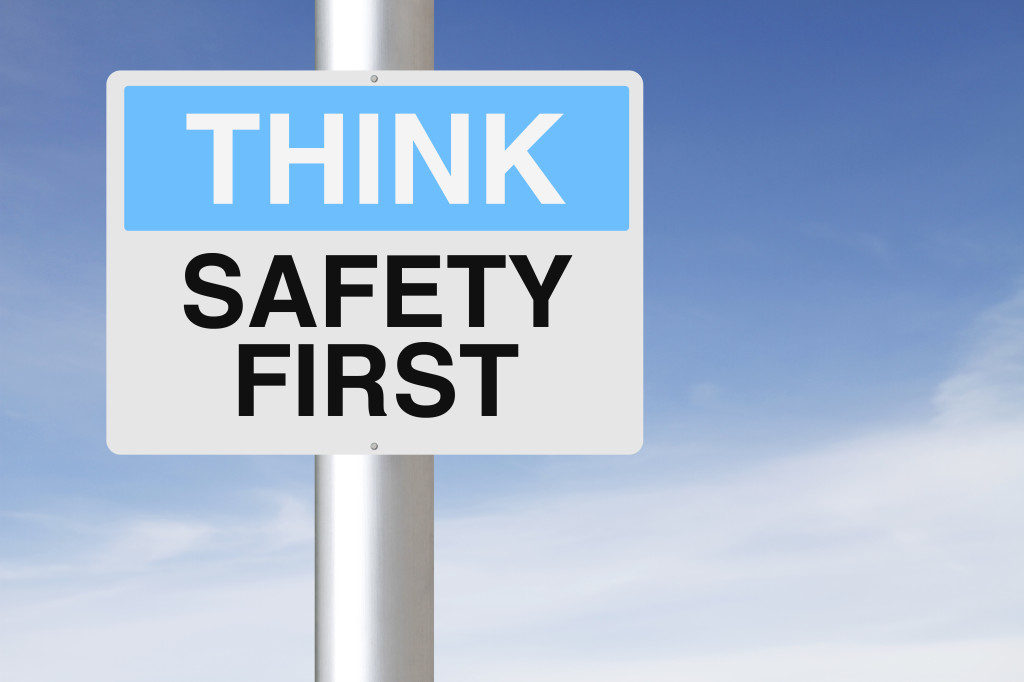Q: What types of programs can companies implement to mitigate OSHA citations?
 Contractors with stellar safety and health plans aren’t trying to do the minimum; they’re working to develop a program that makes sense for their employees and make it something their employees can believe in. There is no silver bullet; it’s more about your overall approach to safety and health in the workplace.
Contractors with stellar safety and health plans aren’t trying to do the minimum; they’re working to develop a program that makes sense for their employees and make it something their employees can believe in. There is no silver bullet; it’s more about your overall approach to safety and health in the workplace.
To do it right, you need to create a plan, train employees, audit your program, and do follow-up.
• Take a team approach. Develop a written safety and health program that includes how the plan will be implemented, who is responsible for implementation, what rules or OSHA regulations will be adhered to, and how the expectations will be communicated to everyone on-site.
This is a team approach. Ask yourself how your company can do a particular project safely and in compliance with OSHA. Train employees on the program so they are aware of expectations. You might do a weekly safety talk or send your foremen to annual or monthly training classes, then have them disseminate the information through the ranks. Trade associations (like PDCA and ACA) have educational tools and offer safety updates. OSHA’s QuickTakes online newsletter can also keep you up to date. Every contractor will have a different approach because any program they develop needs to be based on their schedule and business size.
• Define the safety-profitability proposition. Part of setting expectations is communicating why safety precautions are worthwhile. The cost of injuries and overall workers comp rates will affect profitability, which a lot of employees don’t understand. Get buy-in by helping your employees to see a connection between company profits and their own salary or bonuses—or the ability to buy new equipment. Not only will it help them understand how it impacts the bottom line (both the company’s and theirs), they’ll also be reminded that you care enough about them to train them in how to be safe on the job.
• Stay vigilant. Audit your program to see if there is good retention on the items your employees have been trained on and if they’re being practiced in the field. Conduct a site safety inspection, or take a photo of something unsafe and ask employees to identify the hazards. If you’ve defined expectations up front, it will be easier to audit for compliance.
Follow up by continuing to improve your program over time. Utilize a system to track your program’s performance and see if it is achieving the goals that were set for it.
Remember, too, that as the painting contractor on a project, you will be responsible for the job site as well as for your employees.
At the end of the day, it’s a much better approach to have an educated workforce with expectations and accountability than it is to have a less-educated workforce and a compliance officer that goes around playing ‘gotcha.’ If that’s your solution, your job site will be safe for just a day, but if you’ve educated your employees on safety and shown them how to fulfill expectations, they will maintain those expectations on their job site every day.
_______________________________________________________________________________________________
 Phil Casto is assistant VP, senior risk consultant for the Risk Services division at Chicago-based Hub International, a global insurance brokerage. He works with contractors on workers compensation issues, helps them maintain OSHA compliance and reduce experience modification rates, and is authorized by OSHA to teach general industry and construction safety courses.
Phil Casto is assistant VP, senior risk consultant for the Risk Services division at Chicago-based Hub International, a global insurance brokerage. He works with contractors on workers compensation issues, helps them maintain OSHA compliance and reduce experience modification rates, and is authorized by OSHA to teach general industry and construction safety courses.




